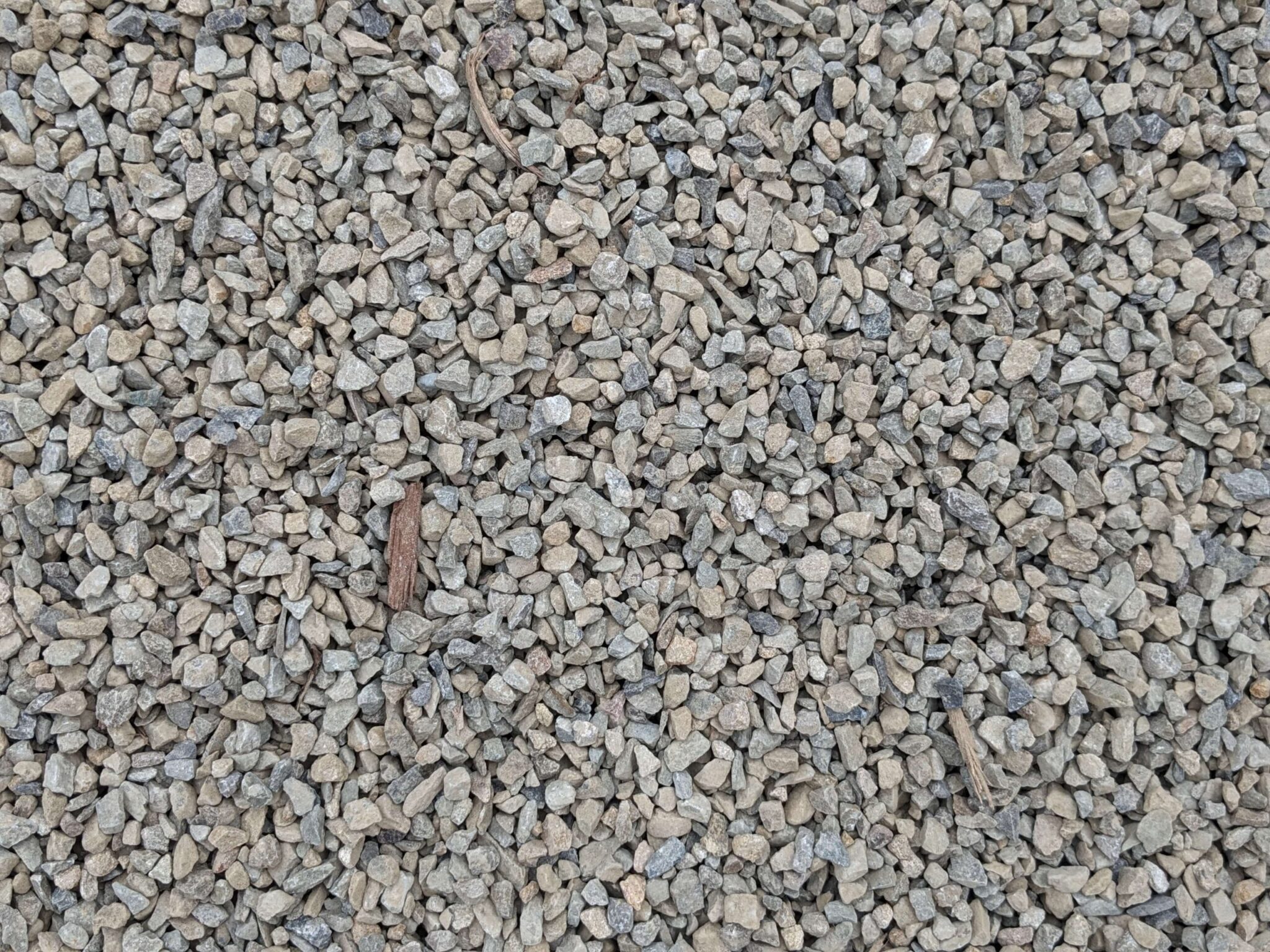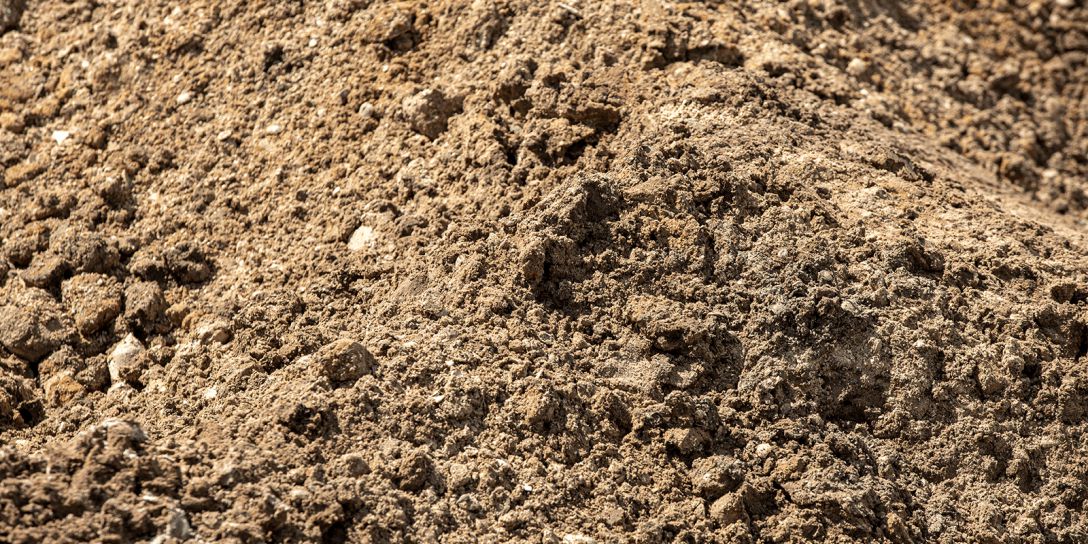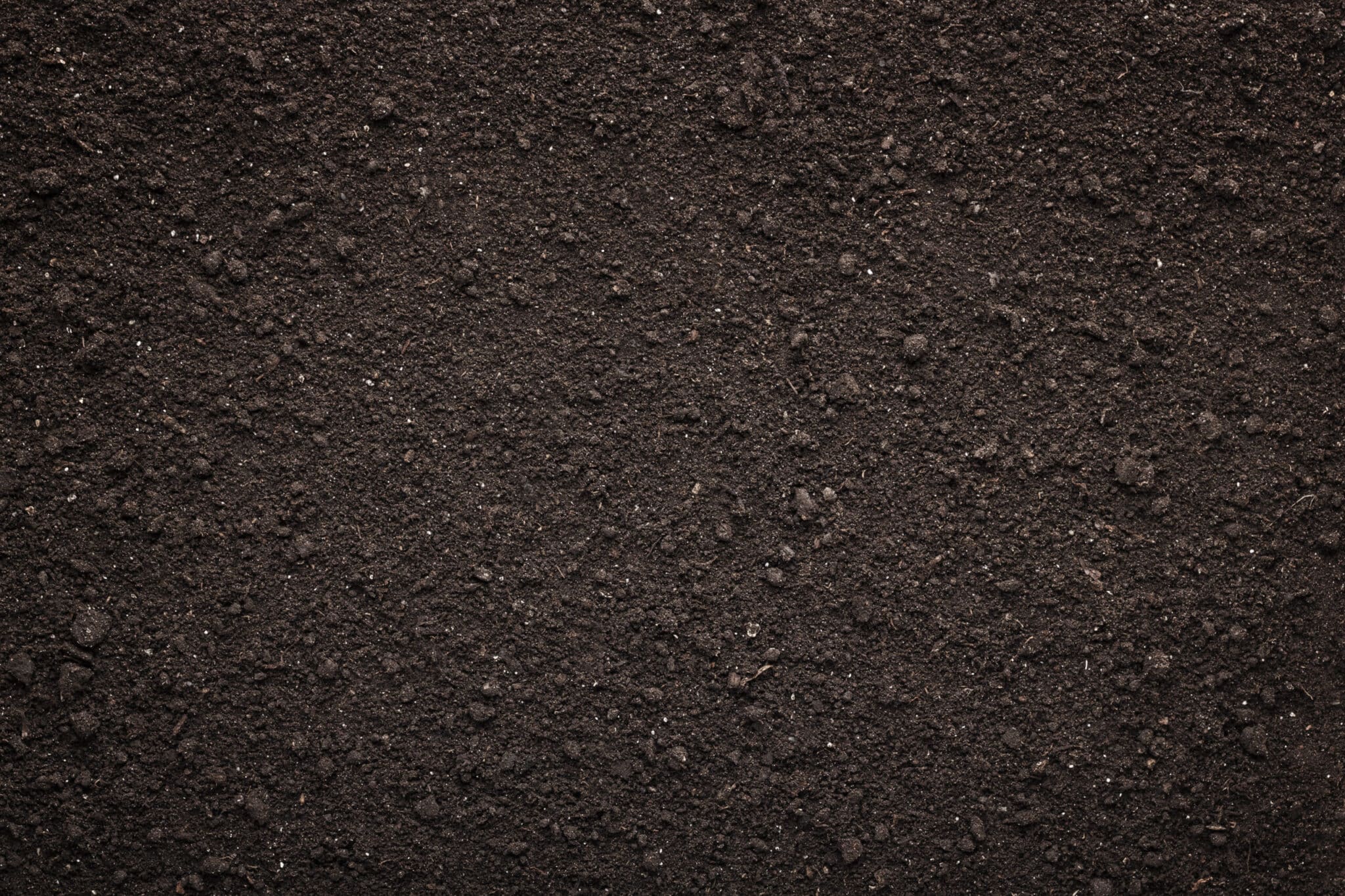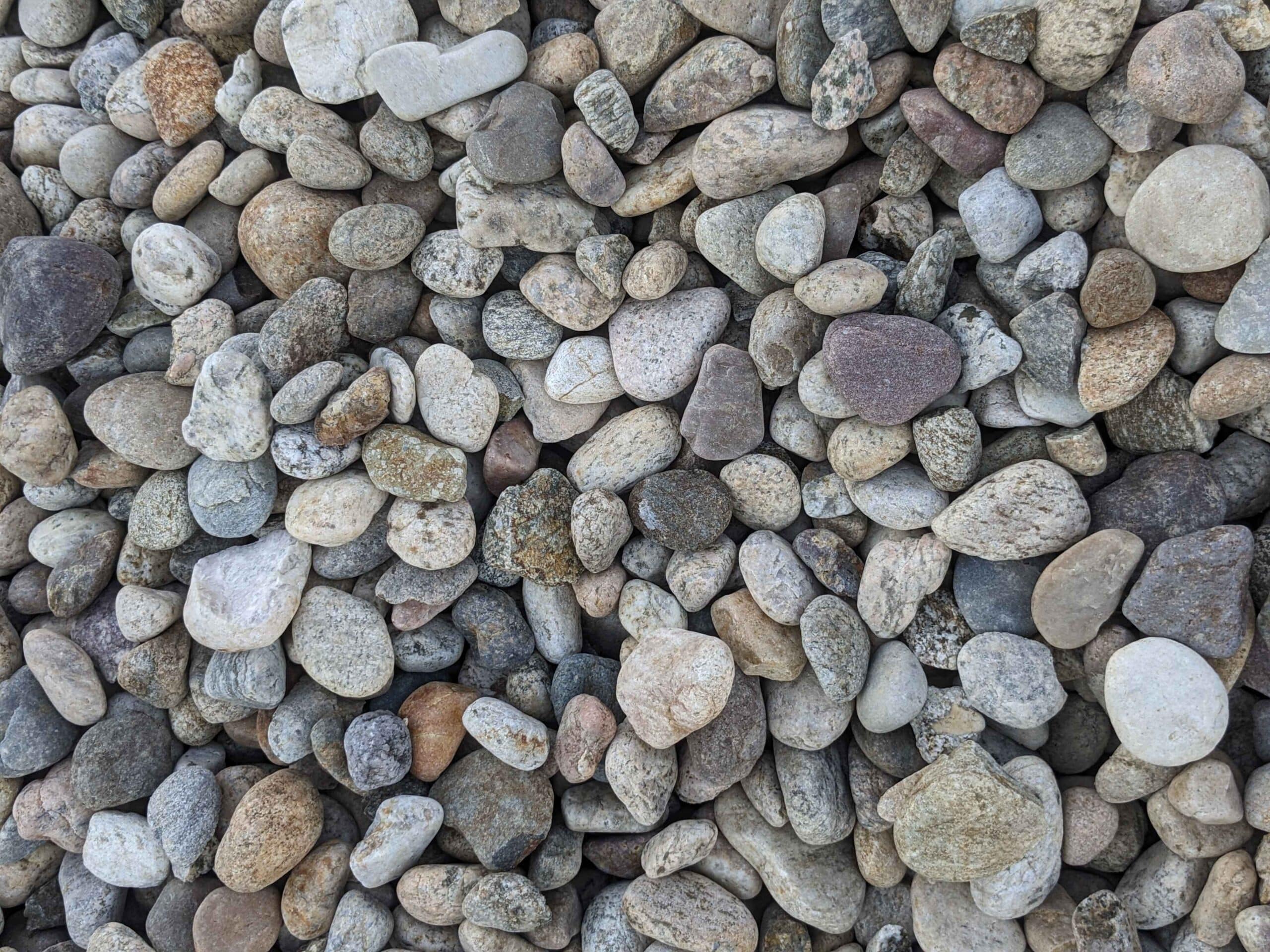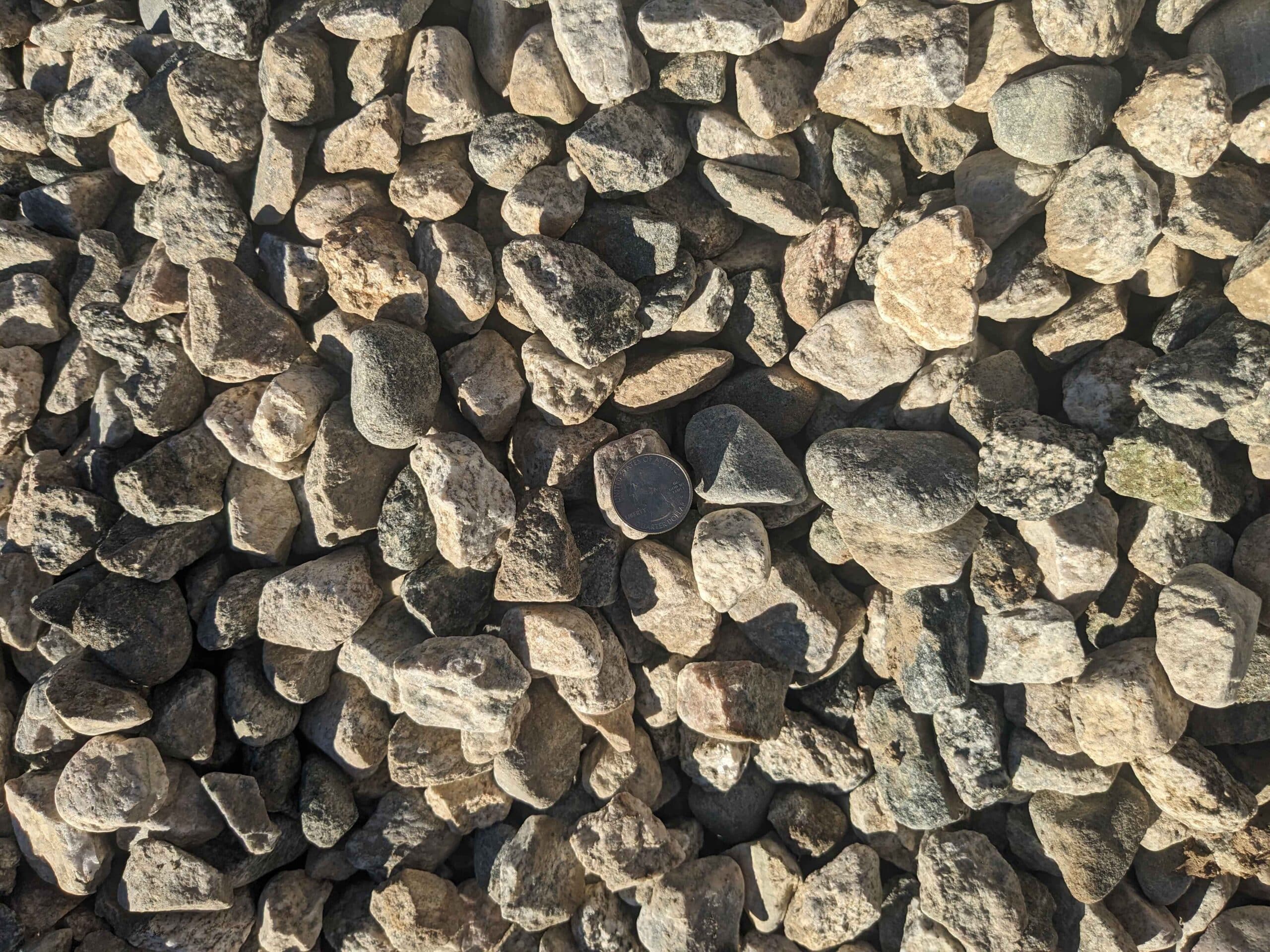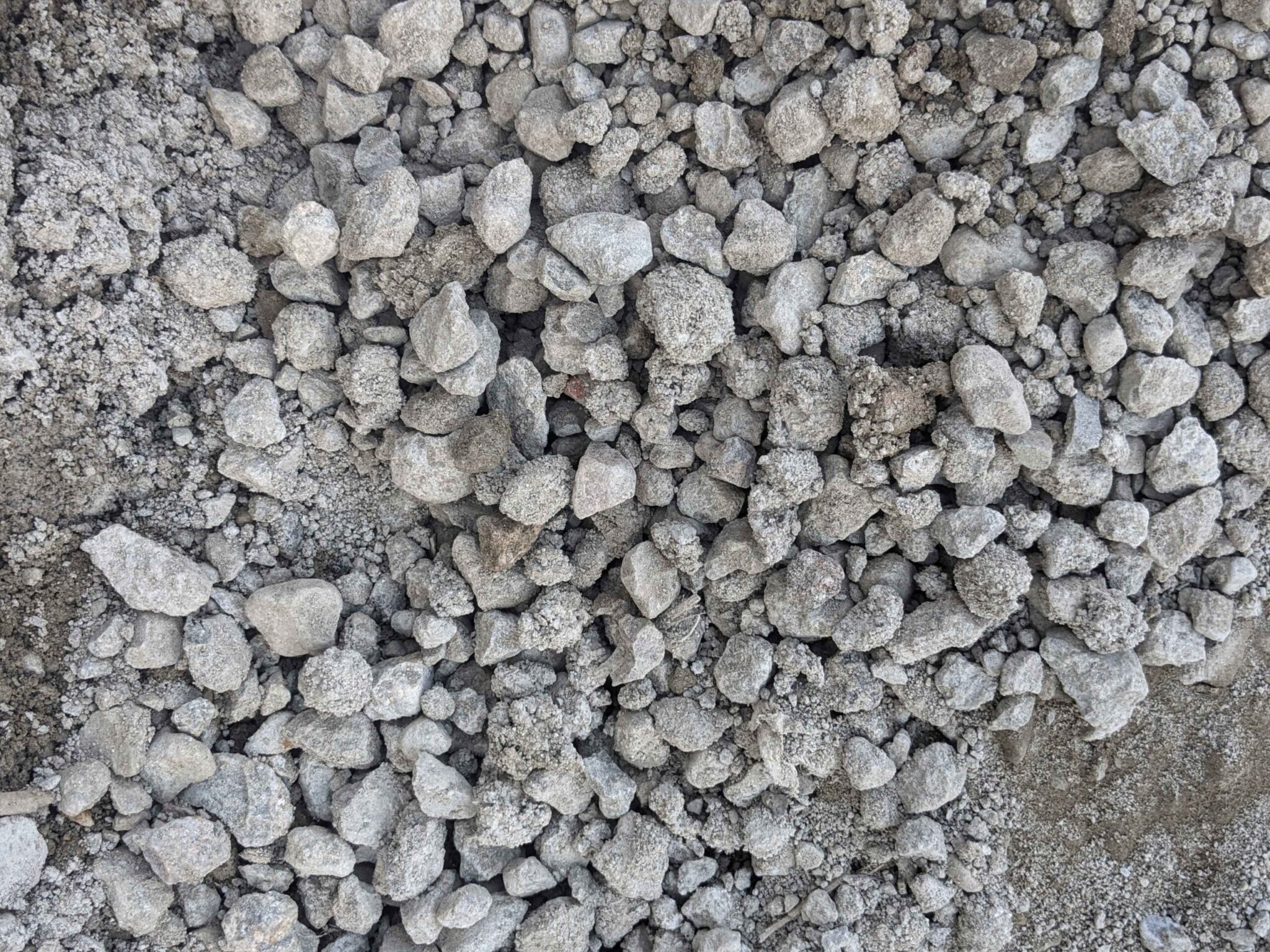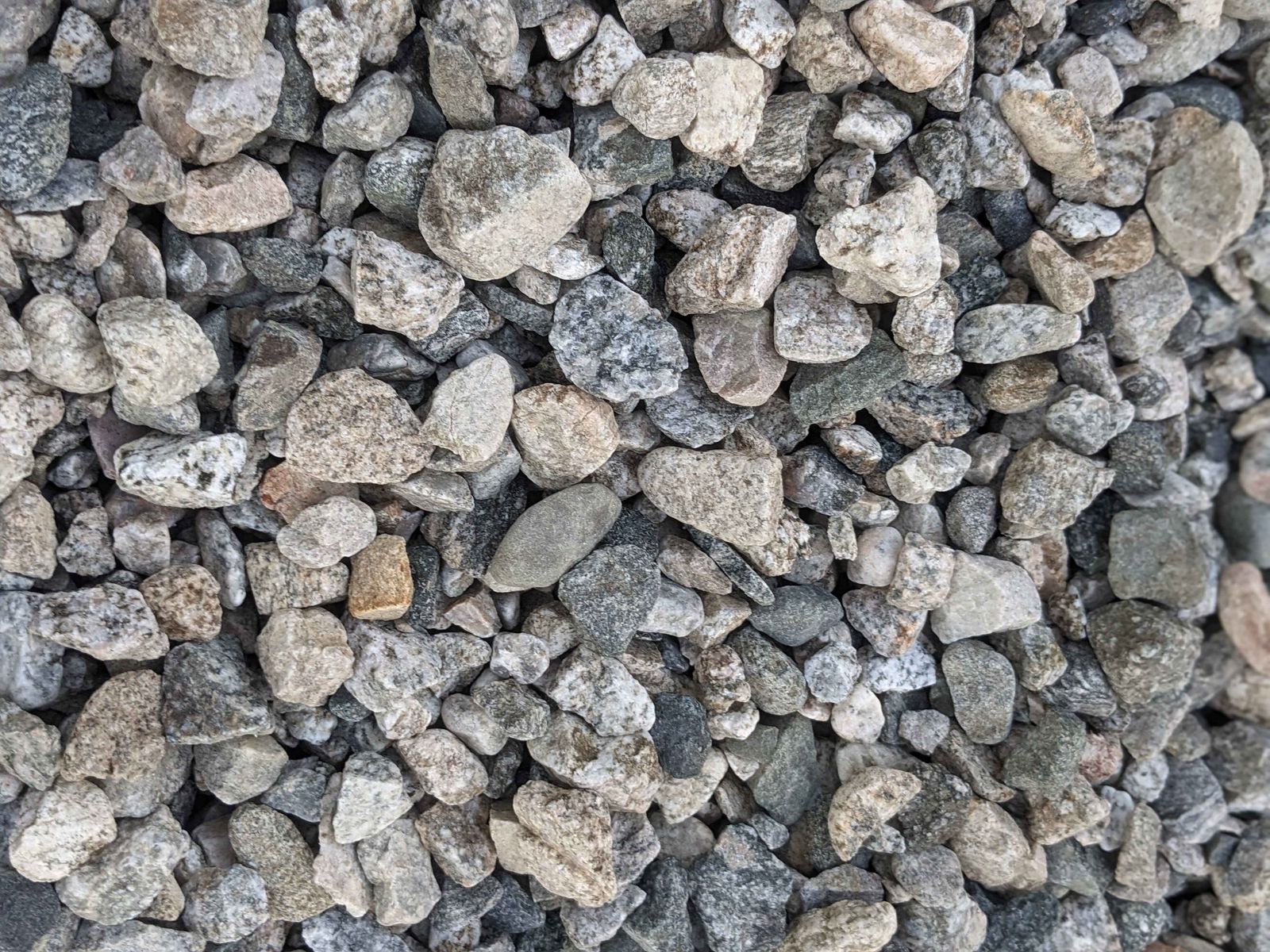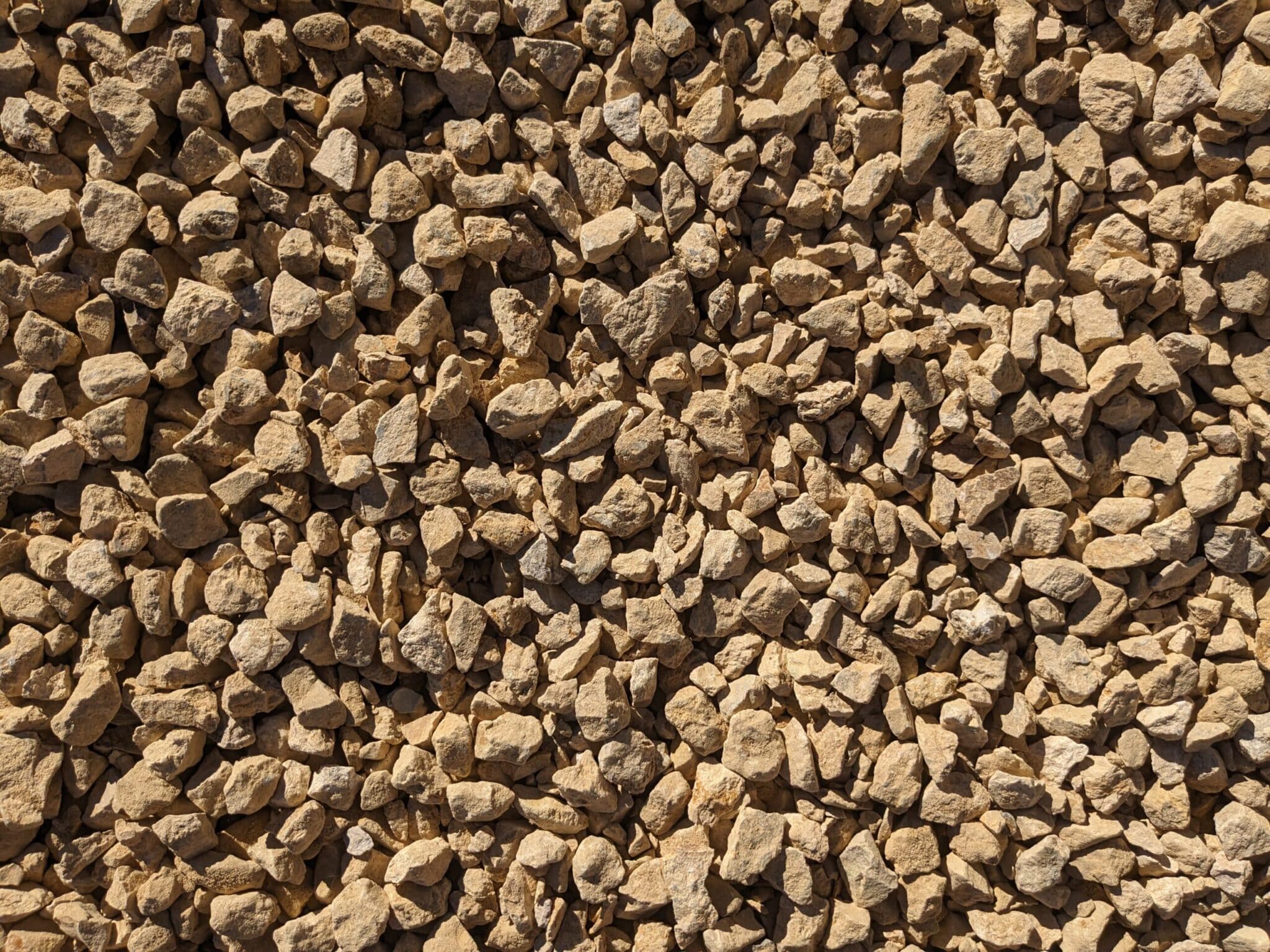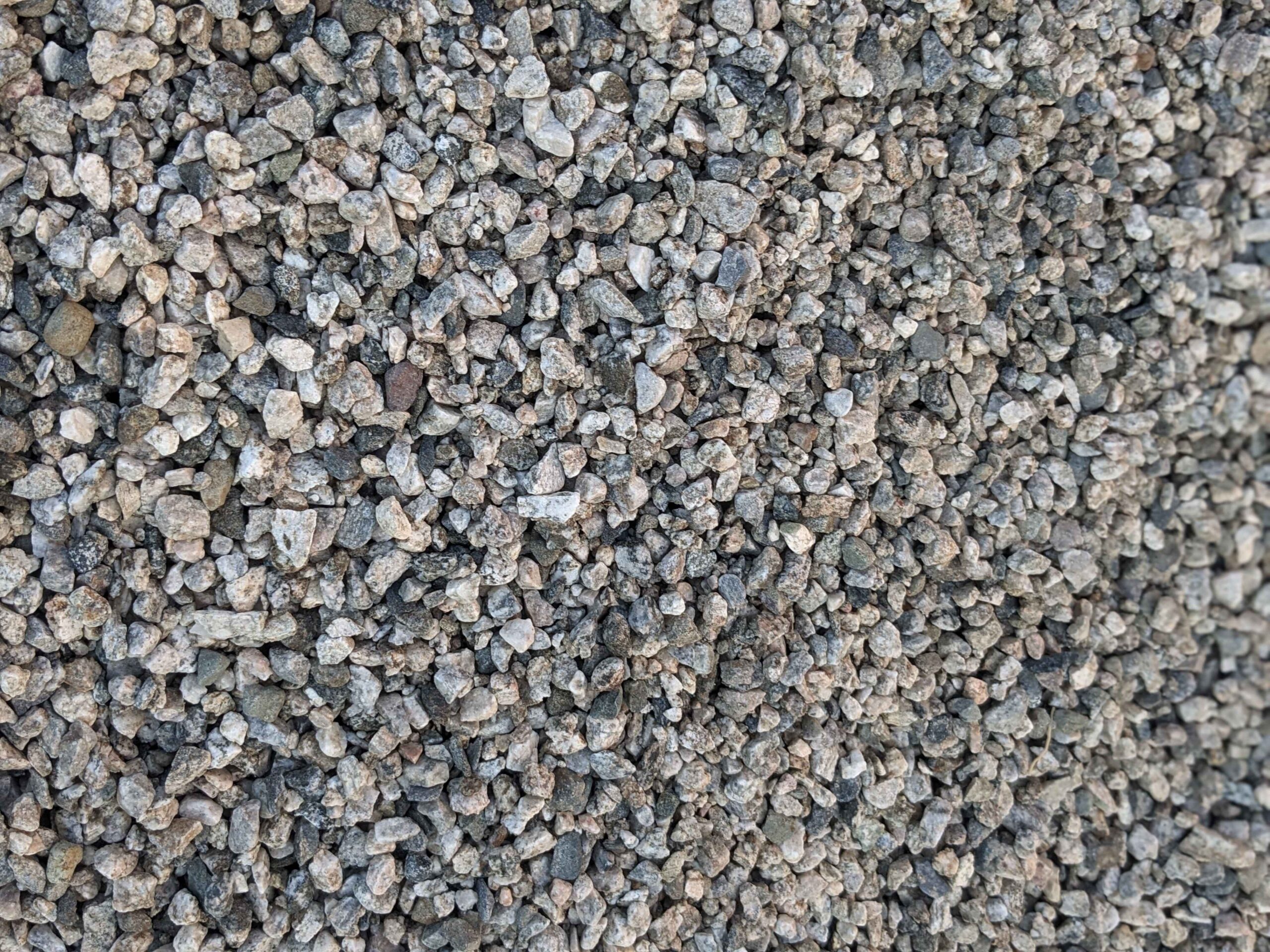If you’re planning to install a French drain on your property, one important consideration is the amount of decomposed granite you’ll need. Decomposed granite plays a vital role in the functionality of drainage systems, and calculating the correct quantity is crucial for a successful installation. In this article, we’ll discuss the purpose of a French drain and the role decomposed granite plays in it. We’ll also explore how to calculate the amount of decomposed granite needed, measure your French drain area accurately, and provide maintenance tips to keep your drain performing optimally. Lastly, we’ll highlight some common mistakes to avoid when using decomposed granite.
Understanding the Purpose of a French Drain
A French drain is a trench filled with gravel or rock that redirects excess water away from buildings, foundations, and other areas prone to water accumulation. It is an effective solution for preventing water damage, dampness, and mold growth. By directing water away from these vulnerable areas, French drains help maintain the structural integrity of your property.
In addition to its practical benefits, French drains can also enhance the aesthetic appeal of your landscape. The gravel or rock used to fill the trench can be chosen to complement the overall design of your outdoor space. Whether you prefer a rustic look with natural stones or a more modern feel with sleek gravel, the options are endless.
Furthermore, French drains offer a sustainable solution for managing excess water. Instead of allowing water to accumulate and potentially cause damage, French drains redirect it to more suitable areas, such as gardens or drainage ditches. This not only helps prevent erosion but also promotes the healthy growth of plants and vegetation.
The Role of Decomposed Granite in Drainage Systems
Decomposed granite is an essential component of French drains. Its permeable nature allows water to flow freely, preventing stagnation and facilitating efficient drainage. The angular and irregular shape of decomposed granite particles creates void spaces that enable water to percolate through the material, reducing the risk of water pooling or flooding.
Aside from its drainage capabilities, decomposed granite offers various other advantages. It is a durable material that can withstand heavy rainfall and erosion, making it an excellent choice for long-term drainage solutions. Additionally, decomposed granite has a natural, earthy appearance that blends seamlessly with outdoor environments, providing a visually pleasing alternative to traditional drainage systems.
Moreover, decomposed granite is a cost-effective option for French drains. Its availability and affordability make it a popular choice among homeowners and landscapers alike. By using decomposed granite in your drainage system, you can achieve effective water management without breaking the bank.
Calculating the Amount of Decomposed Granite Needed
To determine the amount of decomposed granite required for your French drain, several factors need to be considered:
Factors Influencing the Quantity of Decomposed Granite
The size of the drainage area is one of the primary factors that will influence the quantity of decomposed granite needed. The larger the area, the more material will be required to cover it adequately. It’s essential to measure the length and width of the drainage area accurately to calculate the square footage.
Another factor to consider is the desired thickness of the decomposed granite layer. A thicker layer will provide better drainage and stability, but it will also require more material. The thickness will depend on the specific requirements of your French drain and the type of soil you are dealing with.
The slope of the terrain is another crucial consideration. If your drainage area has a significant slope, it may require more decomposed granite to ensure proper water flow and prevent erosion. Steeper slopes will require a thicker layer of decomposed granite to maintain stability and prevent soil erosion.
When calculating the quantity of decomposed granite needed, it’s also essential to factor in potential future growth and expansion of the drain. If you anticipate any modifications or extensions to the French drain system in the future, it’s wise to account for these possibilities and ensure you have enough material to accommodate any changes. This foresight will save you time and effort in the long run.
By considering all these factors and accurately measuring the dimensions of your drainage area, you can calculate the amount of decomposed granite needed for your French drain. It’s always a good idea to consult with a professional or refer to a reliable guide to ensure you make accurate calculations and have enough material to complete the project successfully.
Steps to Measure Your French Drain Area
Accurate measurements are crucial for estimating the amount of decomposed granite needed. Follow these steps to measure your French drain area:
Measuring your French drain area is an important step in the installation process. By taking accurate measurements, you can ensure that you have the right amount of materials and that your French drain will function effectively. Here are some detailed steps to help you measure your French drain area:
Tools Needed for Accurate Measurement
Before you begin measuring, gather the necessary tools, including a measuring tape, stakes, and string. These tools will help ensure precise measurements and a properly sized French drain.
1. Start by identifying the area where you plan to install the French drain. This could be a section of your yard that tends to collect water or an area where you want to redirect water flow.
2. Use the measuring tape to measure the length of the area. Start at one end and extend the tape measure to the other end, making sure to keep it straight and taut. Write down the measurement.
3. Next, measure the width of the area. Again, use the measuring tape and extend it from one side to the other, ensuring it is straight and taut. Write down this measurement as well.
4. If your French drain area is not a perfect rectangle or square, you may need to measure additional dimensions. For irregularly shaped areas, measure the length and width of each section separately and record the measurements.
5. Once you have all the necessary measurements, it’s time to calculate the total area of your French drain. To do this, multiply the length by the width. If you have multiple sections with different dimensions, calculate the area of each section separately and then add them together.
6. After determining the total area, it’s a good idea to add a buffer to account for any potential errors or variations in the installation process. Adding an extra 10% to 20% to the total area will ensure that you have enough decomposed granite to complete the project.
7. With the measurements and total area in hand, you can now proceed to estimate the amount of decomposed granite needed for your French drain. Consult with a local supplier or use an online calculator to determine the amount of material required based on the area.
By following these steps and taking accurate measurements, you can confidently move forward with your French drain installation. Remember, proper measurement is key to a successful and efficient drainage system.
The Process of Installing Decomposed Granite
Installing decomposed granite requires careful preparation and execution. Let’s go through the main steps involved:
Preparing the Drainage Area
Start by marking the boundaries of the French drain using stakes and string. Clear any vegetation or debris from the area. If needed, dig the trench to the appropriate depth and width, keeping in mind the desired slope for proper water flow.
Laying the Decomposed Granite
Once the trench is ready, spread a layer of geotextile fabric on the bottom to prevent soil from infiltrating the drain. Then, add a layer of decomposed granite, ensuring it is evenly distributed along the trench. Compact the material gently to create a stable base. Repeat this process, adding layers of decomposed granite until you reach the desired thickness.
Maintenance Tips for Your French Drain
Regular maintenance is essential to keep your French drain functioning effectively. Consider these tips:
Regular Inspection and Cleaning
Periodically inspect the drain, removing any debris or sediment that may impede water flow. If necessary, flush the drain with water to clear any clogs. Regular cleaning and maintenance will help prevent blockages and ensure optimal drainage performance.
Replenishing Decomposed Granite
Over time, the decomposed granite may settle or wash away due to erosion or heavy rainfall. To maintain the desired thickness and effectiveness of your French drain, periodically check the levels of decomposed granite and replenish as needed.
Common Mistakes to Avoid When Using Decomposed Granite
While decomposed granite is a versatile and reliable material, certain mistakes can compromise its performance:
Incorrect Measurement and Calculation
Insufficient or excessive amounts of decomposed granite can lead to drainage issues. Accurately measure and calculate the quantity required to ensure your French drain functions optimally.
Improper Installation Techniques
Improperly preparing the drainage area or failing to compact the decomposed granite adequately can hinder water flow and diminish the efficiency of the drain. Follow the proper installation techniques to avoid these common pitfalls.
Properly calculating the amount of decomposed granite needed for your French drain is essential for its functionality. Understanding the purpose of the drain, measuring accurately, and following the installation and maintenance tips will help ensure optimal drainage performance. By avoiding common mistakes and following best practices, you can enjoy a well-functioning French drain that effectively protects your property from water damage.
Get Your High-Quality Decomposed Granite Delivered
Ready to ensure your French drain project is a success with top-notch decomposed granite? Look no further than Bulk Aggregate Supply. We provide a white glove service, delivering the highest quality aggregates directly to your site, whether it’s for a small driveway project or a large civil construction endeavor. Save time and avoid the hassle of calling around for quotes—simply check out our products, request a quote, or place your order online, and we’ll handle the rest. Experience our exceptional customer service and seamless online purchasing process. Let us supply and deliver the premium aggregates you need for your French drain or any other project, big or small.


